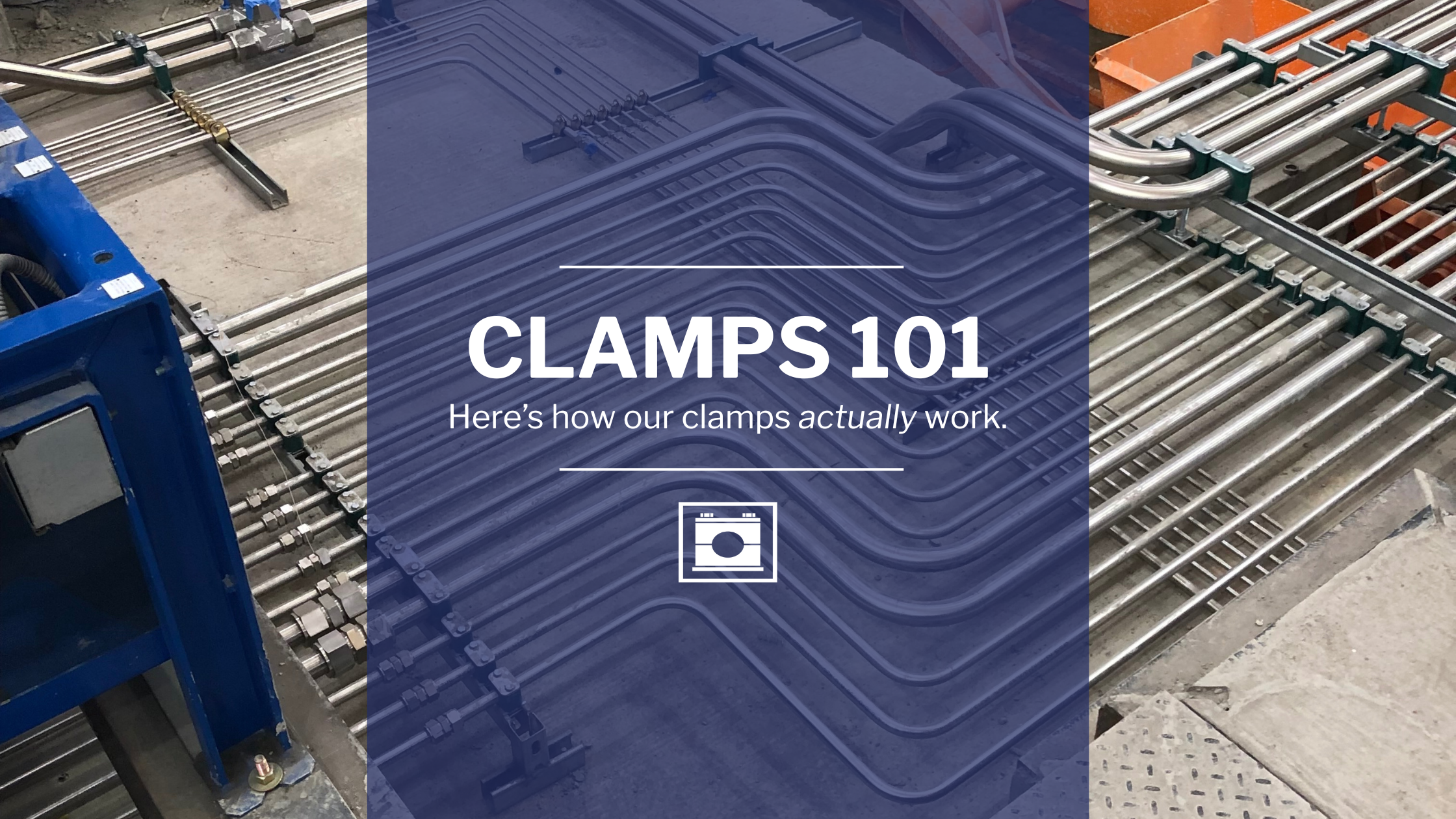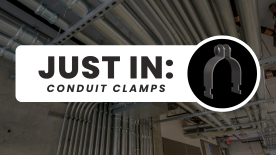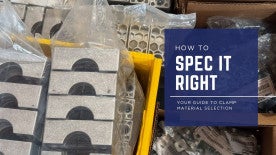
DIN3015 clamps are the unsung heroes of secure pipe and tube installations — but how do they actually work? Whether you're new to industrial clamping or just need a refresher, we’re breaking down the components and science behind our most popular block-style clamps.
What is DIN3015 & Why Does it Matter?
DIN3015 is an international standard that defines the dimensions, materials, and performance expectations for industrial pipe clamps. These standards ensure consistency, reliability, and compatibility across hydraulic, pneumatic, and industrial systems around the world.
At The Clamp Company, all of our block-style clamps are engineered to meet or exceed DIN3015 specifications, so you can trust they’ll fit seamlessly into your setup — and stand up to demanding conditions.
1. Clamp Anatomy: The Three-Part Powerhouse
Every standard DIN3015 clamp kit includes:
- Weld Plate: The base that’s welded to your mounting surface — it keeps the clamp firmly in place.
- Clamp Body: Split into two halves and grooved for grip, this block holds your tube or pipe securely in position. It's available in polypropylene, polyamide, or aluminum, depending on your system’s needs.
- Cover Plate & Bolts: The clamp body is secured with a steel cover plate and hex bolts to lock everything into place.
Note: If you’re using a unistrut or rail mount clamp, no weld plate is needed — these versions are designed to mount directly to support rails or channel strut.
2. Fastening Methods: More Than Weld-On
While the classic DIN3015 clamp is designed for welding to a surface, we offer additional options for systems that require flexibility or adjustability:
- Weld-On Clamps: The industry standard for long-term installations. Weld the plate, secure the body, and you're good to go.
- Unistrut & Rail Mount Clamps: Designed to be mounted directly into framing systems without welding. Great for modular or adjustable layouts.
Each mounting method is built to deliver the same secure, vibration-dampening performance — the difference is in the installation approach.
3. Temperature Ratings: Material Matters
The temperature resistance of your clamp depends on the body material you choose:
Polypropylene: Rated up to 194°F. Ideal for standard applications with stable temps.
Polyamide (Nylon): Rated up to 248°F. Offers more heat resistance for systems that run hot.
Aluminum: A high-performance option for extreme environments — suitable for both hot and cold temperature extremes.
Choosing the right clamp body helps ensure your system stays secure under thermal stress.
4. Tension Clearance: Small Gap, Big Impact
After you bolt the clamp body around your pipe or tube, you might notice a tiny gap between the two halves. This is called tension clearance, and it’s intentional.
That slight spacing:
- Maintains a firm grip under pressure
- Prevents slipping or rotation
- Protects your tube or pipe from over-compression
It’s a subtle but critical design feature that helps your clamp perform its best, especially in high-pressure systems.
5. Shear Force: The Strength Behind the Clamp
Shear force refers to how much force it takes to move or dislodge a pipe from the clamp. DIN3015 clamps are designed to withstand significant shear force, helping your pipe or tube stay put — even in systems with high vibration, pressure spikes, or heavy mechanical stress.
Pair the right clamp size, body material, and fastening method, and you’ve got a hold that’s tough to beat.
Built to Hold. Designed to Last.
At The Clamp Company, we make clamps that do more than just fit — they protect. Backed by DIN3015 standards and built with flexibility in mind, our block-style clamps are a smart, scalable solution for industrial piping, hydraulic systems, and more.
Need help choosing the right clamp for your setup? Contact our team or browse our DIN3015 clamps to get started.



